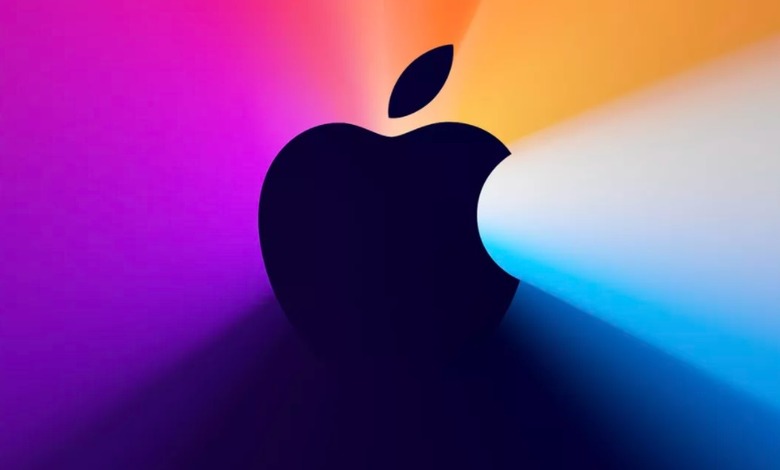Apple's Mixed-Reality Glasses To Feature 15 Cameras And 'Innovative Biometrics'
Apple has been working on virtual reality (VR) and augmented reality (AR) glasses for years, although we're currently witnessing an avalanche of reports detailing the various smart glasses projects the iPhone maker is secretly developing. Apple is reportedly working on at least two separate devices, including a mixed reality (MR) headset that would support both VR and AR content and AR glasses. On top of that, Apple is also developing AR contact lenses, according to well-known analyst Ming-Chi Kuo, who released an increasing number of research notes on these devices.
Earlier this week, the insider said the VR headset would cost around $1,000 when they launch in 2022, with the AR glasses to arrive in 2025. Kuo has returned with additional specs details about the VR device, claiming that the glasses would sport as many as 15 different cameras, including modules described as "innovative biometrics."
The analyst addressed the VR glasses' camera features in a new research note that MacRumors obtained. Kuo says that eight of the 15 modules will be used for see-through AR experiences. Six of the remaining cameras will be used for "innovative biometrics," and one camera module will be used for environmental detection. Lens supplier Largan will manufacture several of the 15 camera lenses.
Kuo extracts his information from supply chain sources, which explains his early knowledge of unreleased Apple products. But the new note fits well with recent reports, as well as Apple patents.
A story from The Information said a few weeks ago that the MR glasses would feature plenty of cameras that would feed information to the wearer — the "see-through" AR experiences that Kuo details. Moreover, the report said the device would feature two 8K displays to project the images, as well as more than a dozen cameras. The cameras would also track hand movement, and similar sensors would track eye movement to adapt the screen experience to the wearer's gaze. Apple described eye-tracking technology that could be used in AR and VR glasses in patents. That's what the innovative biometrics might be, although that's just speculation.
Kuo said in his previous research note that the VR headset would weigh between 100g and 200g in its final form, although prototypes are about 100g heavier. Apple would use high-end Sony micro-OLED displays for the glasses. The device would be considered "portable" rather than "mobile." The glasses will reportedly include storage and computing power of their own, which indicates they could be used without a direct connection to an iPhone or a different type of computer.
If the glasses can be used independently, then some sort of biometrics authentication process would have to be involved in allowing user access to content that could be tied to an Apple account. Kuo said that Apple's VR glasses would provide an "immersive experience that is significantly better than existing VR products." He speculated that Apple could use apps like Apple TV+ and Apple Arcade as key selling points for the VR glasses.
